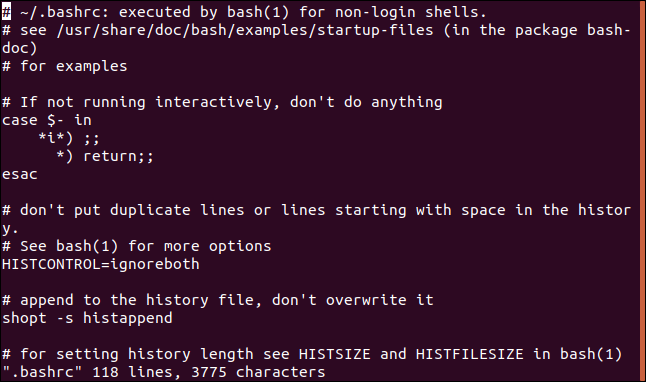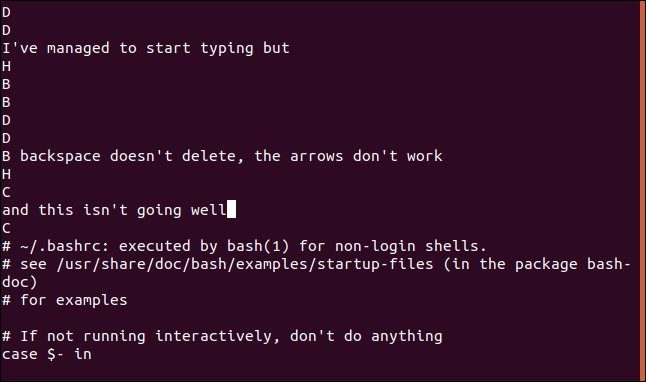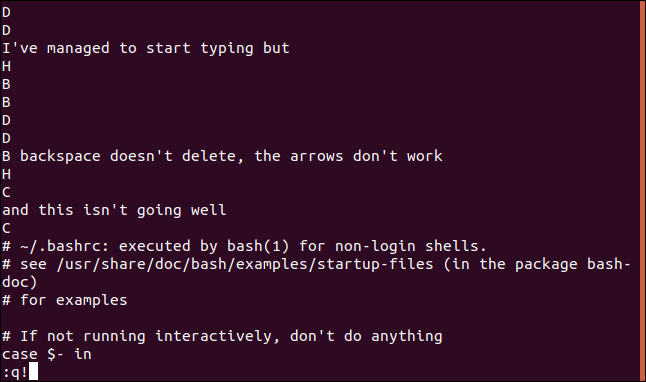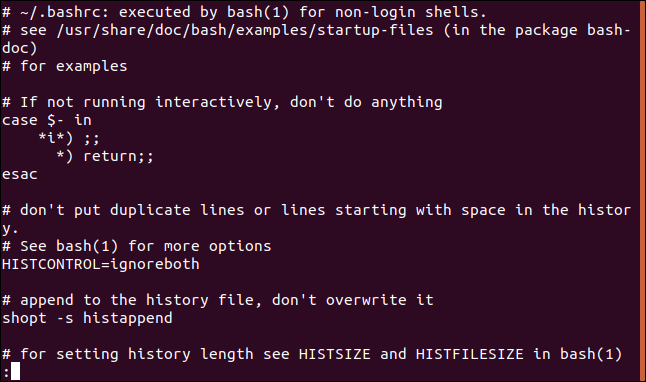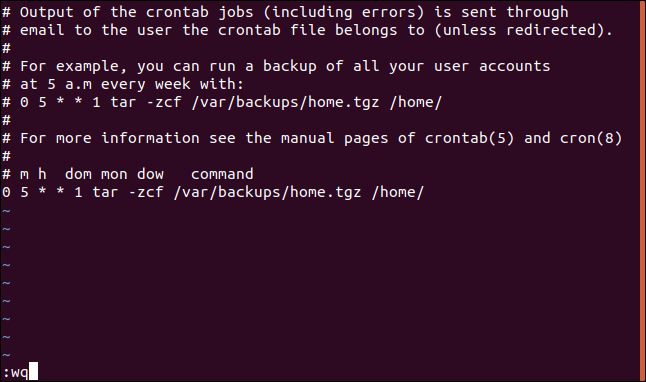
Mastering the Art of Effortless Vim Exiting: A Step-by-Step Guide

Learn how to smoothly exit the Vi or Vim editor with our foolproof guide Don't get stuck in command mode! Discover the quick and easy steps to exit Vi instantly
Key Takeaways
To exiting vi or vim, press Esc a few times to enter Command mode, then type :q! and Enter to quit without saving changes.
To save your changes and exit vi or vim, press the Escape key to switch to Command mode, then type :wq and press Enter.
vi and vim are modal editors, where editing is done in Insert mode and commands are executed in Command mode. Switch between modes using the Esc and "i" keys.
How to Exit Vim or Vi Instantly
Getting to know vi editor can be perplexing for those who are unfamiliar with it. Exiting from this application might feel like performing a secret ritual, especially if you accidentally find yourself trapped within it. Here's a guide on how you can quit vi or vim on Linux, macOS, or any other Unix-like system.
To exit vi or vim, regardless of whether you want to save your changes or not, follow these steps:
Begin by pressing the Esc key multiple times. This action will guarantee that vi is no longer in Insert mode but instead in Command mode.
Next, enter :q! and hit Enter to exit vi without saving any modifications. (If you do wish to save your changes, use :wq instead.)
To truly grasp the Linux command line, you must acquire a comprehensive understanding of vi. Keep reading to discover the inner workings of vi and understand the significance of the unconventional quitting procedures. Mastering vi is crucial as it is an essential and influential tool, and the effort put into learning it is highly valuable.
vi, The Ubiquitous Editor
Given the omnipresence of vi, it is highly likely that you will encounter it at some point. In fact, you might even stumble upon vi unintentionally. For instance, you may be requested to examine a Linux computer for someone, and when you execute a command like crontab -e, vi unexpectedly appears. Surprisingly, the default editor for crontab has been set to vi.
If you find yourself managing a system with only vi as the available editor, especially during a remote SSH session, and you require editing a user's .bashrc file, follow these steps:
1. Simply initiate vi by typing "vi" followed by a space and then the filename.
2. Hit Enter to open the file. The program that opens could be either vi or vim, which is an enhanced version of vi. The specific editor you encounter depends on the Linux distribution you are using. For instance, Ubuntu utilizes vim. Rest assured, the instructions provided in this article are applicable to both vi and vim.
vi .bashrc
When vi is launched, it is immediately apparent that typing text is not possible. This is because vi operates as a modal editor, meaning that editing is done in Insert mode, while issuing commands is done in Command mode. vi automatically opens in Command mode, which may be confusing if you are unfamiliar with the concept of separate modes. In Command mode, many commands can impact the content of the file you are working on. If you mistakenly attempt to type text while in Command mode, it can lead to undesired consequences such as deleting or splitting lines, moving the cursor, or deleting text.
And, it is impossible to discover any method to exit or quit from the editor, regardless of what you input. In the meantime, your file is becoming quite disorganized, and the seemingly sporadic beeps are causing you immense frustration.
Command Mode and Insert Mode
You need to switch vi into the appropriate mode for what you're trying to accomplish.
When vi is launched, it automatically starts in command mode. If you are unfamiliar with it, you will instinctively begin typing. However, if you accidentally press the 'i' key or any of the other 10 keys that activate Insert mode (a, A, c, C, I, o, O, R, s, and S), you will see what you are typing. This means you have entered Insert mode.
Initially, you may feel like you are making progress in Insert mode. However, if you press one of the arrow keys, the letters A, B, C, or D will appear on a new line, while the rest of the line remains blank. This will occur at the top of the file.
Don't worry, we've got you covered. Mastering this is actually quite simple. Just keep in mind these two keyboard shortcuts: Press Esc to switch to Command mode and "i" to switch to Insert mode.
To exit the editor, make sure you're in Command mode and enter the correct command.
Enter Command Mode on Vi to Get to Safety
To access Command mode, press the Esc key. Initially, there will be no visible indication. Press the Esc key a few more times. If you hear a beep sound upon pressing the Escape key, it confirms that you have successfully entered Command mode. The beep serves as an audible confirmation, notifying you that you are already in Command mode and should refrain from further pressing the Esc key. Hearing a beep after hitting Esc indicates that everything is functioning as expected.
Type ":q!" without any spaces. Make sure these characters appear at the far left of the bottom line of the terminal. If they don't, press Esc until you hear a beep and try again. Once you can see the characters, press the Enter key.
In this command q is an abbreviation for quit . The exclamation point adds emphasis, so it's like you're shouting "Quit!" at vi. That might make you feel a little better.
After returning to the command line, it is advisable to verify whether the file has been modified. Use the command below to perform this check:
cat .bashrc | less
When exiting vi, if you encounter a "no write since last change" message, it indicates that the exclamation point was omitted from the command. This omission might result in the loss of any changes you may want to keep. To avoid this, vi offers the opportunity to save your changes before quitting. Simply reissue the :q! command with the exclamation point included to exit vi and discard any modifications.
If You're Sure, Save Your Changes
If you are satisfied with the modifications made to your file, you can save the changes by using the :wq (write and quit) command. Please ensure that you are completely satisfied with the screen edits before proceeding to write them to the file.Type a colon, the letter w (write) and the letter q (quit). Press the Enter key when you can see them in the lower left of the terminal:
:wq
Learning vi Is Worth It.
Using vi is similar to playing a piano. It requires practice, and you can't just sit down and master it instantly. Trying to learn and use vi without prior practice while under pressure to edit something is not effective. It is as illogical as attempting to play the piano for the first time right before performing in a concert.
The strength of vi lies in its numerous combinations of keystrokes, each serving a specific editing function. However, to fully utilize these features, you need to memorize and practice them until they become second nature to you.
Until then, if you find yourself in vi and looking at an important file, just :q! and exit gracefully. Your important file will thank you.
